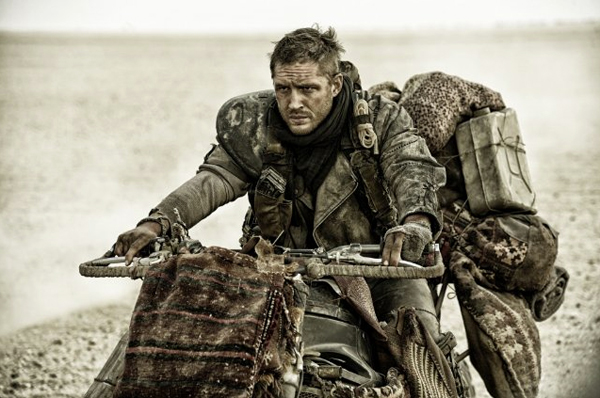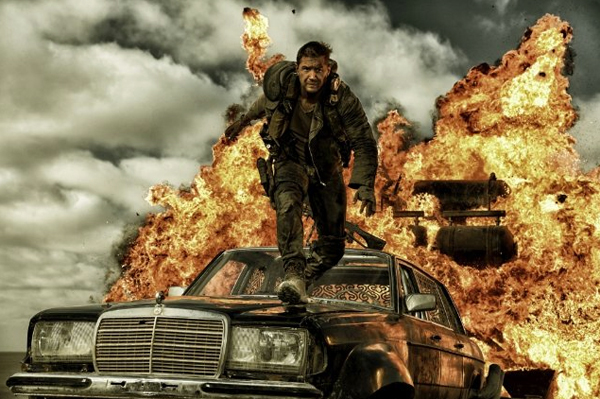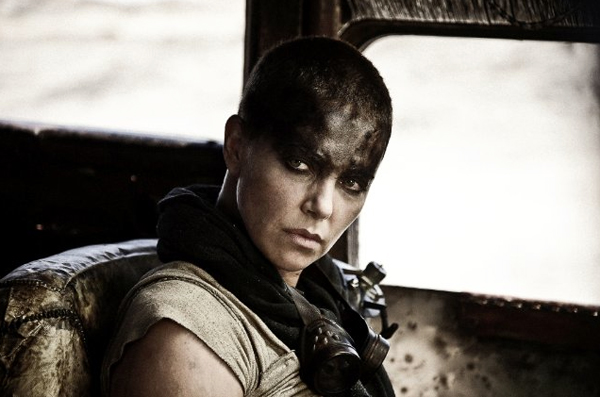
What praise can be heaped upon this film that hasn’t already been written in reviews or exclaimed by an overenthusiastic friend on your Facebook feed? George Miller’s return to the Mad Max series is triumphant, exhilarating, breathtaking and terrifying. It’s all these and more: Mad Max: Fury Road has the best (and most believable) action sequences, the best visual design and the best story and character development of any action movie this year, maybe this decade.
The film opens on the titular character (Hardy) alone in a deserted wasteland. Seconds later, he’s being chased and captured by motorcycle bandits and hot-rod hellions. He is taken to the Citadel and used as a human blood-bag for the ailing Nux (Hoult). Nux is a warboy for the menacing overlord of the Citadel: Immortan Joe, a Frank Booth-meets-Darth Vader nightmare creature and one of the most visually striking villains in recent cinema memory. When one of Immortan Joe’s most trusted drivers goes rogue on a supply run to Gas Town and the Bullet Farm, Nux takes his blood-bag with him on the hunt to curry favor with Joe and achieve glory on the way to Valhalla.
That’s the setup for what is an extremely intense, viscerally exuberant joyride, but surely there’s nothing more to it, right? Think again—this linear, extended chase scene of a movie isn’t satisfied with solely being a study in superb stunt driving. Every car in this movie is a functioning piece of tangible, macabre machinery. The hulking tankers with spiked tires and skull adornments, the double-decker monster trucks and hybrid hearse-tanks with harpoon guns and flame-throwers are all zero percent CGI. The costumes and sets of this movie are covered in a thick layer of apocalyptic dust and imbued with a genius level of heavy metal insanity that even non-fans of the genre will have trouble denying.
It’s hard then to imagine that Mad Max: Fury Road has any room left for narrative heft, let alone gender politics. The stoic Max rides sidecar to the rogue Imperator Furiosa’s (Theron) real struggle to find salvation, home and redemption. If there’s one complaint to be made, it’s a few awkward lines in a movie with already minimal dialogue, but everything else about this film coalesces into such a perfectly orchestrated chaotic storm that it doesn’t sink in until well after the credits have ended that one viewing simply isn’t enough for what is undoubtedly George Miller’s immaculate masterpiece.














